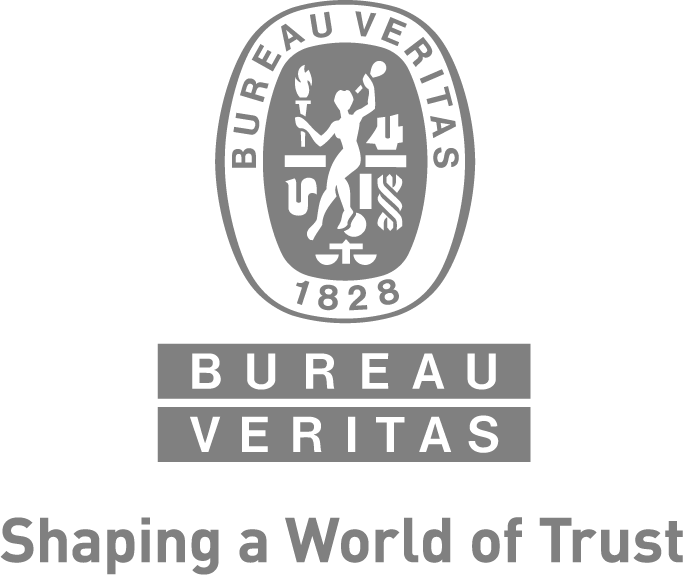
Startseite » Technologies » Bluetooth
Bluetooth®
Definition of Bluetooth®
Bluetooth® is a wireless technology standard for data exchange between fixed and mobile devices over short distances. Devices that meet the Bluetooth SIG open specification are short range devices that can be used anywhere in the world. Bluetooth uses short wavelength UHF radio waves and, following IEEE802.11, it operates in the microwave radio frequency range of 2.402 GHz to 2.480 GHz in a license-free ISM band. The technology is prone to interference from WLANs, cordless phones (DECT – phones in Europe use a different frequency band) or microwave ovens operating in the same frequency band.
Bluetooth uses a technology called frequency-hopping to ensure that it is resilient against interference. It divides the frequency band into 79 radio frequency channels at 1 MHz intervals. The signal switches channels at a rate of 1600 hops per second. An additional 1 MHz-wide guard band is used to prevent interference from neighbouring bands at 2.402 MHz. The guard band at 2.48 GHz has a width of 3.56 MHz.

